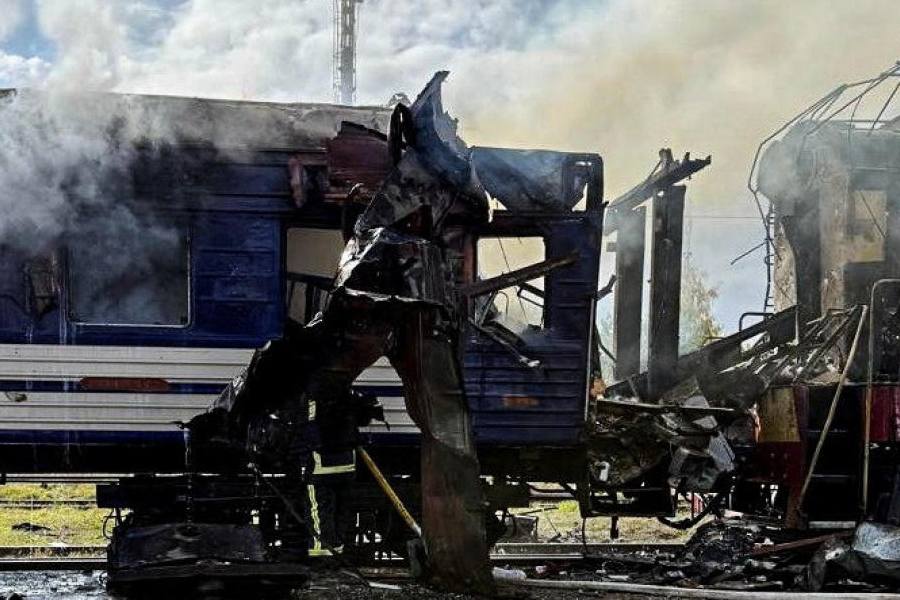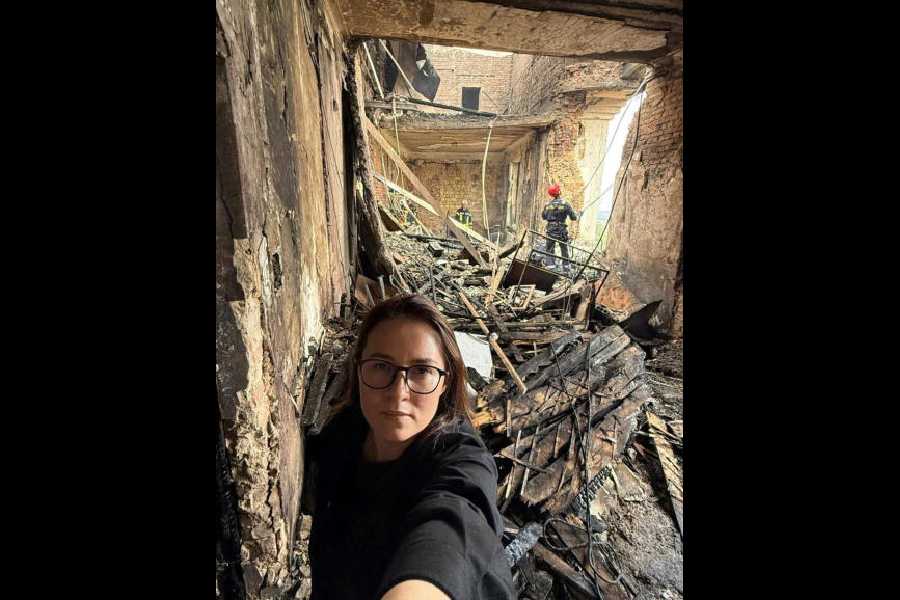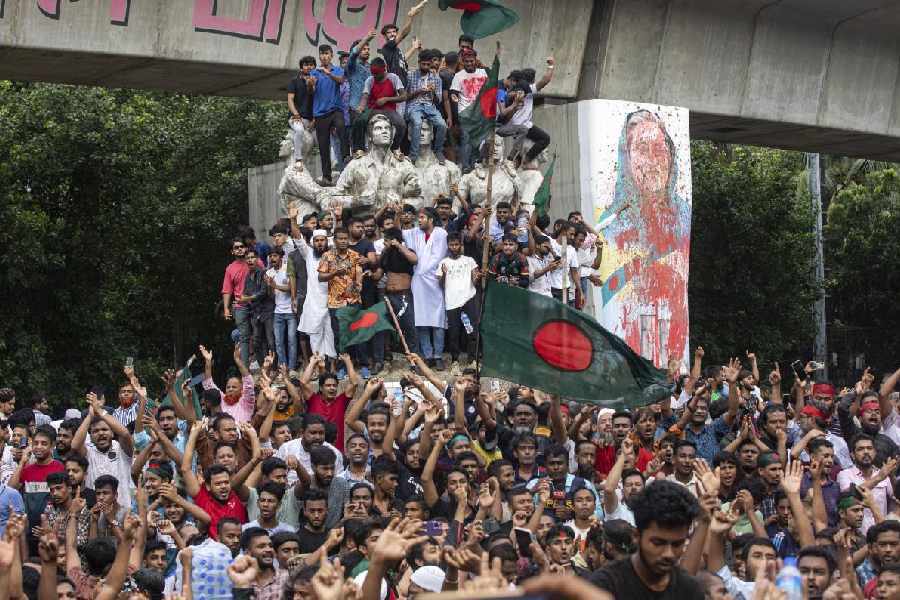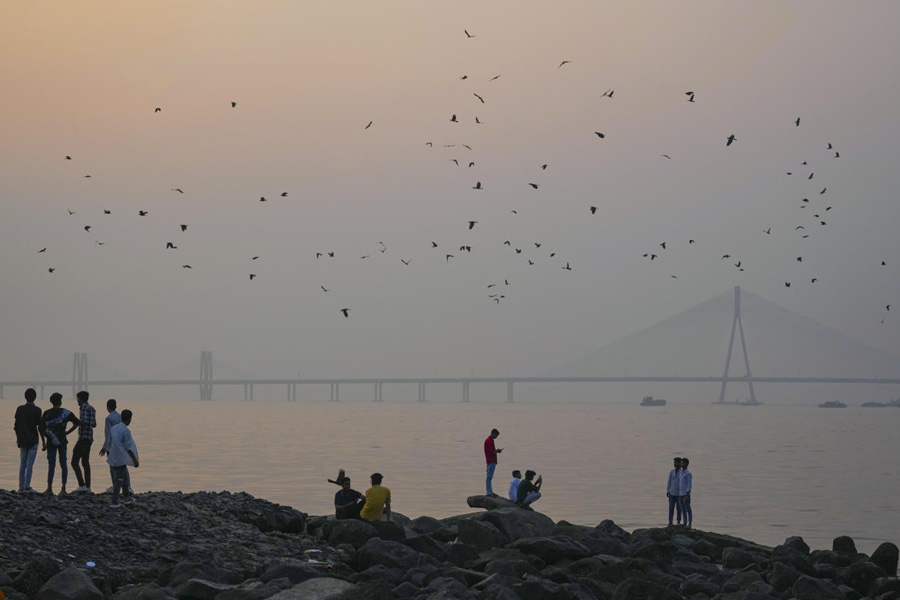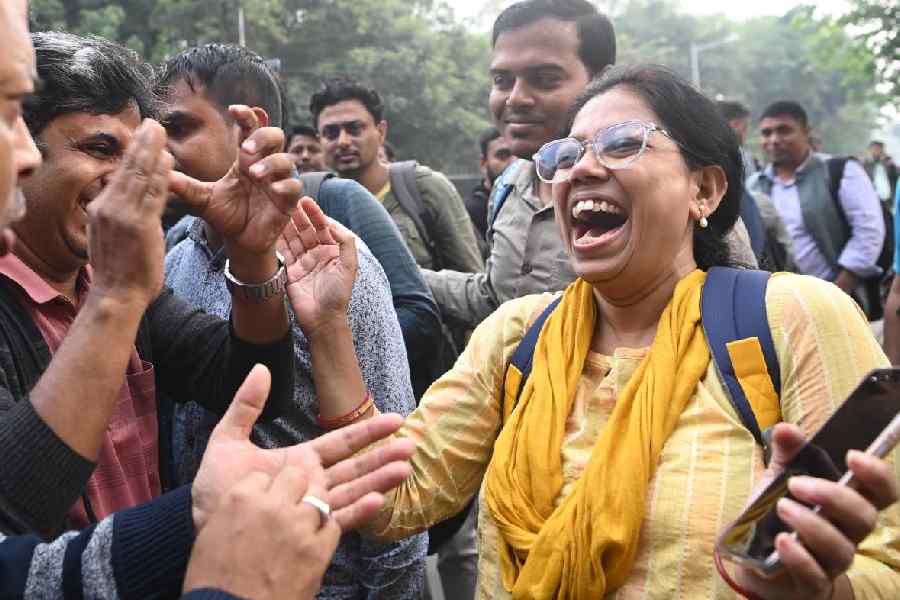Two Russian drones struck trains at a station in Ukraine's northern Sumy region, killing one person and injuring about 30 others, officials said on Saturday, with Ukraine's foreign minister accusing Moscow of deliberately hitting passenger trains.
"A brutal Russian drone strike on the railway station in Shostka, Sumy region," Ukrainian President Volodymyr Zelenskiy wrote on Telegram, posting a video of a wrecked, burning passenger carriage and others with their windows blown out.
Ukraine's foreign minister Andrii Sybiha accused Russia of deliberately conducting two strikes on passenger trains.
"This is one of the most brutal Russian tactics — the so-called ‘double tap’, when the second strike hits rescuers and people being evacuated," he said in a statement released by his ministry on social media.
Sumy region governor Oleh Hryhorov said eight people had been taken to hospital.
"The Russians could not have been unaware that they were targeting civilians. This is terrorism, which the world has no right to ignore," Zelenskiy wrote.
Moscow has stepped up its airstrikes on Ukraine's railway infrastructure, hitting it almost every day over the last two months.
Russia has repeatedly denied targeting civilians in its war in Ukraine, although many thousands have been killed by its military.
Drones hunted for locomotives
In a video interview from a train en route to the strike site, the CEO of Ukraine's state rail company Oleksandr Pertsovskyi told Reuters that the drones had targeted locomotives, also damaging the carriages attached to them.
"In essence, they are hunting for locomotives," he said, adding that Russia was increasingly deploying this tactic.
He said the trains hit had been a local commuter service and another train headed to the capital, Kyiv.
The rail chief added that there was only civilian traffic at the station, and that he believed this was an attempt to make areas like Shostka, which is about 50 kilometres (30 miles) from the Russian border, unsafe for passenger traffic.
"They are doing everything to make frontline and border areas uninhabitable, so that people are afraid to go there, afraid to board trains, afraid to gather at markets, and so that students are afraid to return home."

